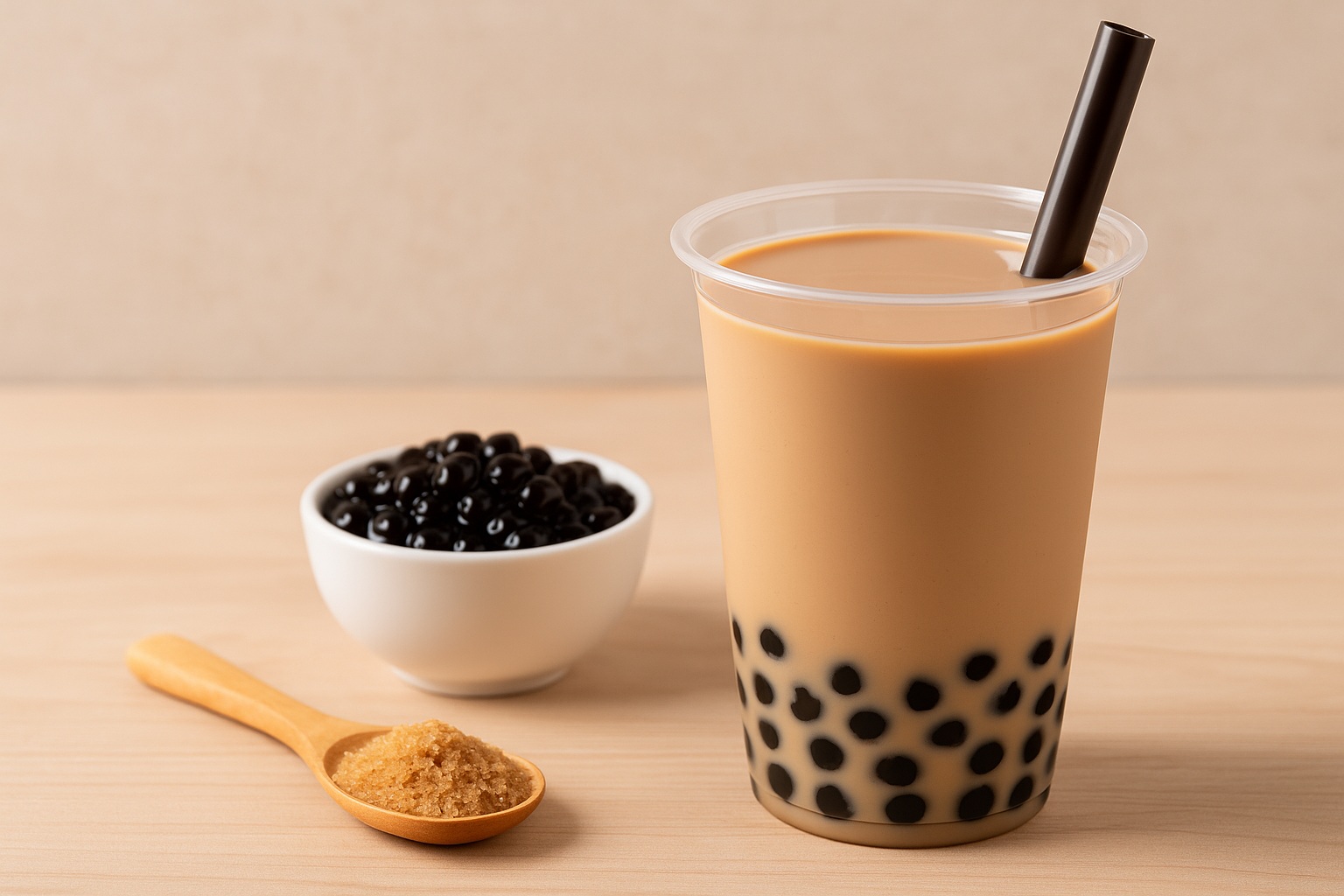Is Bubble Tea Healthy? A Nutritionist’s Perspective on Sugar and Calories

Few beverages illustrate the tension between indulgence and nutrition as clearly as bubble tea. Once considered a niche Taiwanese drink, it is now part of the global mainstream — available in shopping malls, airports, and cafés worldwide. With its rise, however, health questions have followed: How much sugar and calories does bubble tea contain, and can it ever be considered a healthier choice?
Instead of treating bubble tea as simply "good" or "bad," this article approaches the topic from a nutritionist’s perspective, breaking down its calorie profile, sugar content, and the opportunities for healthier alternatives.
The Calorie Content of Bubble Tea
The calorie count of bubble tea varies widely depending on ingredients. A standard 16-ounce serving with whole milk, sweetened tea, and tapioca pearls can contain 300–450 calories. Here’s a breakdown:
-
Tea base (black or green tea): ~30–50 calories
-
Milk or creamer: 80–150 calories
-
Sweeteners (syrups, sugar, condensed milk): 100–200 calories
-
Tapioca pearls (¼ cup): 100–150 calories
For consumers monitoring daily intake, one cup of bubble tea can equal nearly a full meal in terms of energy.
Sugar Levels and Health Concerns
The primary health concern in bubble tea is sugar content. Research indicates that many commercial bubble tea drinks contain 20–50 grams of sugar per serving — more than the World Health Organization’s recommended daily limit of 25 grams for adults.
Excessive sugar intake has been associated with:
-
Weight gain and obesity
-
Increased risk of type 2 diabetes
-
Tooth decay
-
Higher risk of cardiovascular disease
This does not mean bubble tea must be completely avoided, but moderation and ingredient awareness are essential.
Healthier Alternatives and Adjustments
Nutritionists recommend several ways to make bubble tea healthier without sacrificing enjoyment:
-
Reduce sugar levels – Most shops allow customization (e.g., 30% or 50% sugar).
-
Choose plant-based milk – Options like oat, soy, or almond milk can lower fat and provide added nutrients.
-
Experiment with toppings – Swap tapioca pearls for aloe vera, chia seeds, konjac jelly, or fruit bits, which may add fiber and lower calories.
-
Opt for smaller portions – Choosing a smaller cup size significantly reduces overall intake.
-
Limit frequency – Treat bubble tea as an occasional indulgence rather than a daily habit.
Bubble Tea and the Global Health Trend
Across international markets, the shift toward low-sugar, plant-based, and functional beverages is clear. Consumers are increasingly seeking drinks that balance taste with wellness. In response, many bubble tea brands are innovating by:
-
Offering sugar alternatives like stevia or monk fruit
-
Promoting vegan and dairy-free menus
-
Adding functional ingredients (collagen, probiotics, vitamins)
-
Marketing bubble tea as a premium lifestyle beverage
For café owners and beverage brands, adapting to these health trends is not only beneficial for consumers but also a strategic move for long-term competitiveness.
Final Thoughts
From a nutritionist’s point of view, bubble tea is not inherently unhealthy. It is a beverage that can fit into a balanced diet when consumed mindfully. By reducing sugar, experimenting with alternative ingredients, and embracing wellness-focused trends, both consumers and businesses can enjoy bubble tea without guilt.
Contact Us
As the industry moves toward healthier choices, brands have the opportunity to innovate with better ingredients and smarter menus. We work closely with beverage businesses to explore options such as sugar reduction, plant-based alternatives, and customized formulations. Contact us to learn how we can support your growth.

